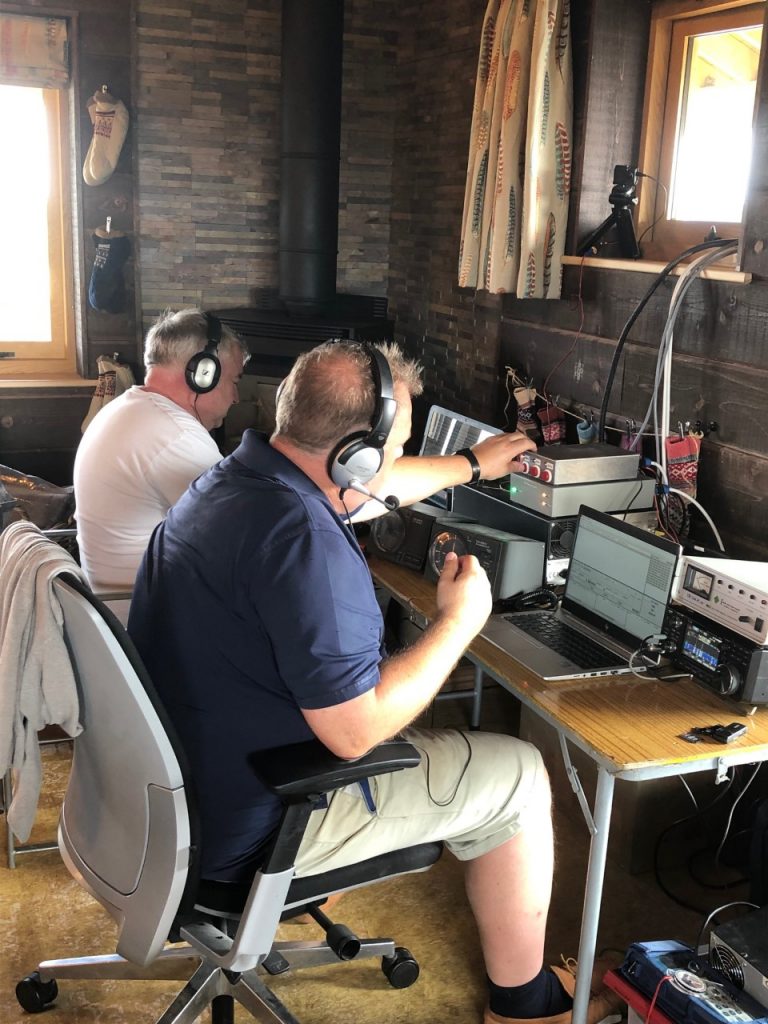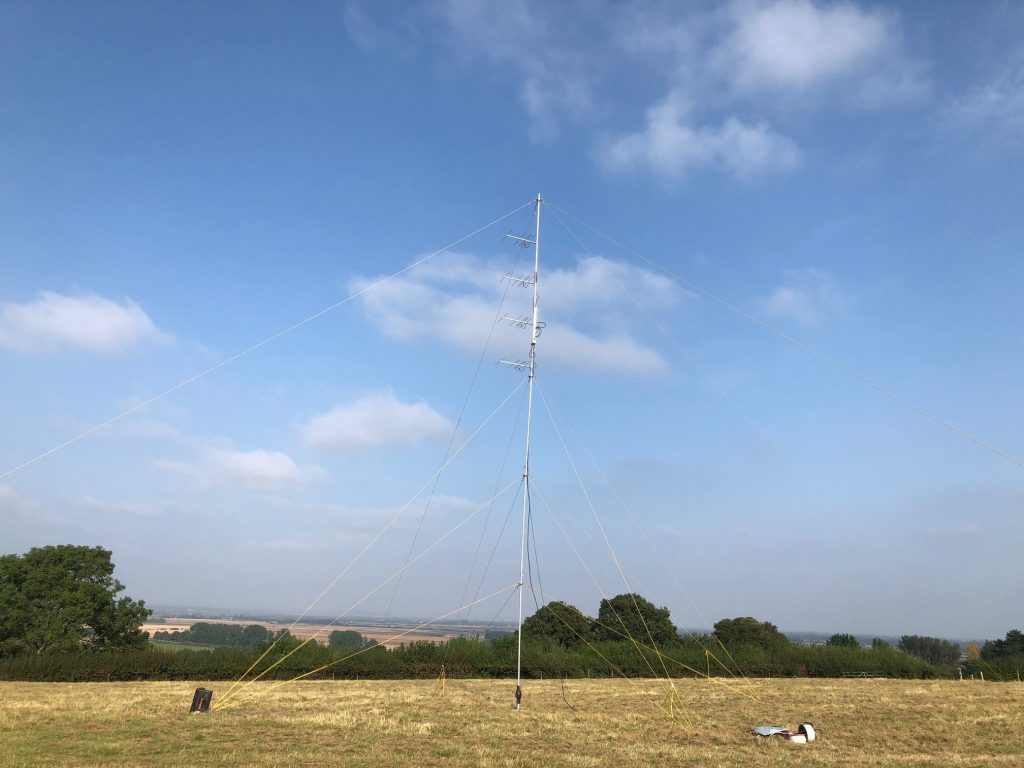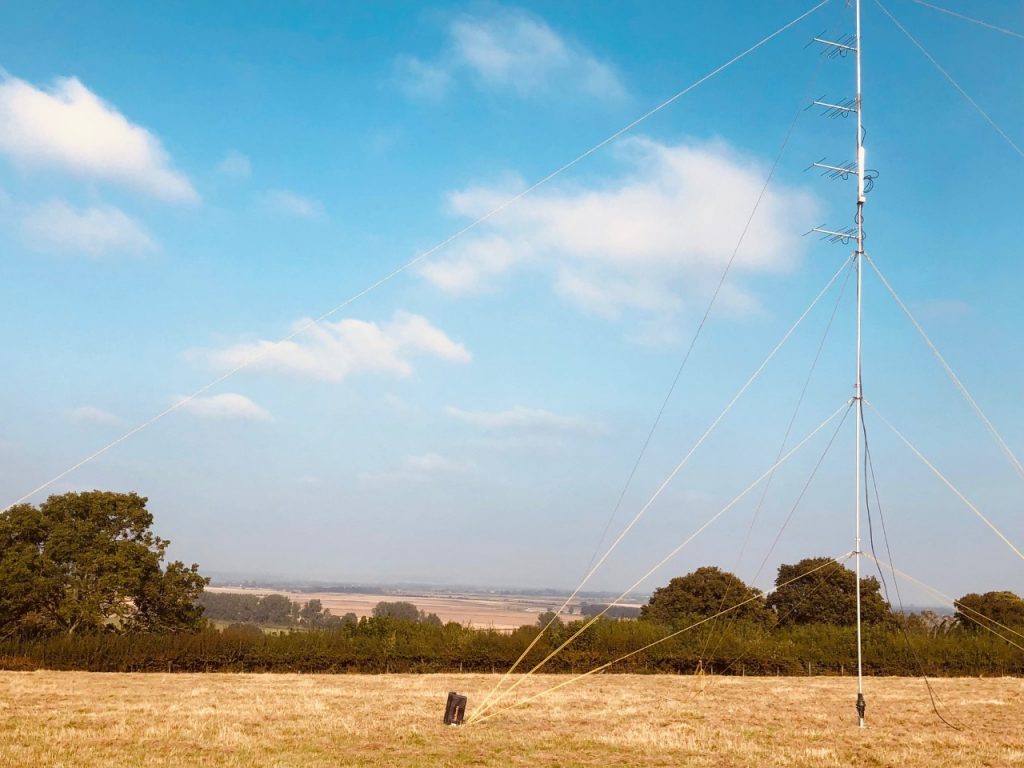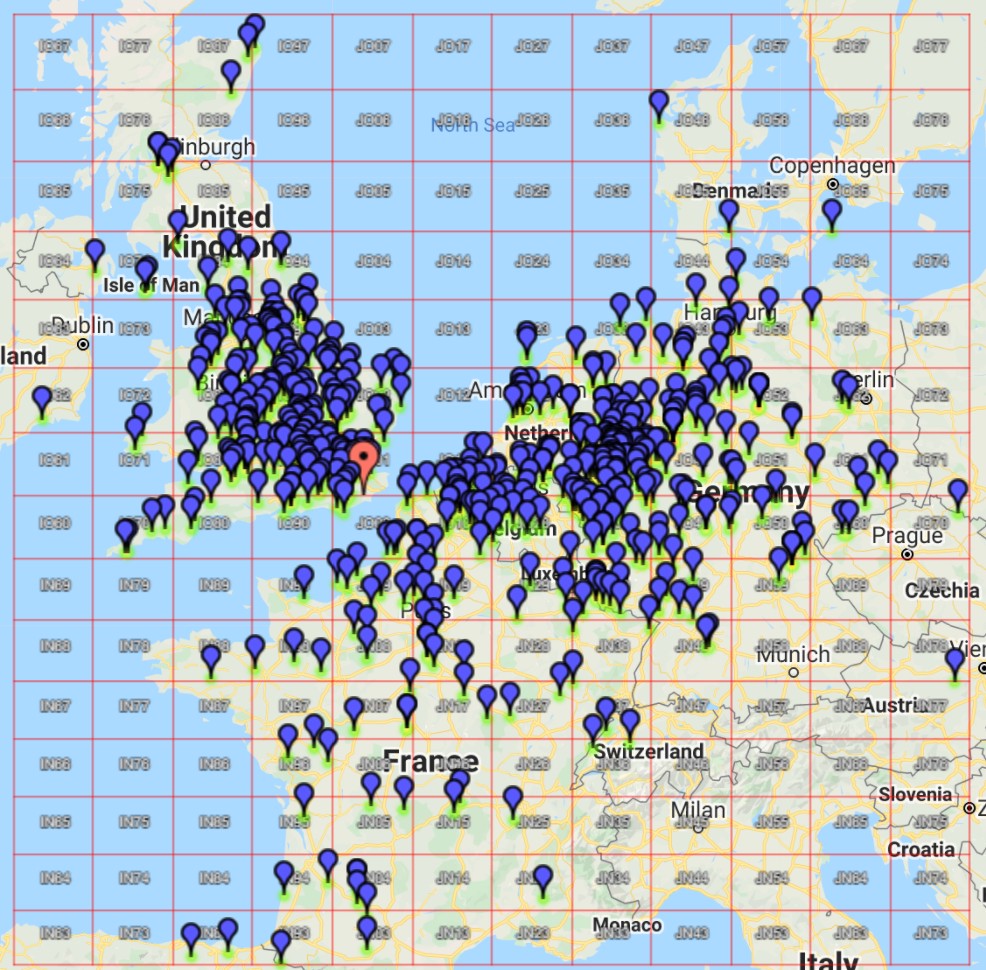
One that got away – Norfolk Island VK9DX

The radio and electronics blog of Carl Ratcliffe, M0ICR

There were two contests I wanted to take part in this weekend but other commitments prevented a serious entry into either, consequently I didn’t use my special contest call G2k but my normal callsign M0ICR.
The first was the BARTG RTTY Sprint, I’m sad not to have managed a proper entry this year as it’s a contest I’ve enjoyed in the mast. In the end I managed a few minutes here and there with a total of just 50 QSO, mostly on 15m. Highlights were India, Chile and Brazil with most of the rest being QSO with USA stations.
Likewise, I couldn’t manage a full entry for the RSGB 80m/40m AFS, just 40mins operating (all on 80m) so I was pleased to rack up 110 QSO (actually 111 in the log but one is a duplicate) in the short time.



Nice signal report on the 15m dipole especially as conditions are not great on the higher bands at the moment.
A quick burst of FT8 over 5-6 mins:

Nice to see that a quick blast of 40m WSPR is still yielding DX results. This time using the QRP-Labs Ultimate 3 at 0.5W and an inverted L antenna.


Learning to use EasyEDA and designing a PCB that I am calling the piggyback.

A Hitachi 44780 LCD module (1602 or 2004) will be mounted in front of he board (the 16 pins at the top), I2C connection(s) will also be possible. The Arduino Nano (U1) is mounted on the left of the board with breakout fins for each of the pins (I am not entirely happy with the design yet as, on reflection) I really want to add the possibility of breaking out ALL of the Nano pins (including the digital ones not yet connected). Finally there is a matrix board for prototyping on the right of the board and also a contrast preset (R1) (for the 44780) and a DC connector jack (J1).
Here is an idea of what it looks like in 3D with the 44780 fitted (the PCB was an earlier iteration).

Having fun playing around with JS8 Call in the last day or so. Slowly getting the hang of it and had a couple of QSO’s with Hans (TA4/G0UPL) yesterday whilst setting it up. After a bit of trial and error (and watching a couple of videos on YouTube) I managed a handful of QSO including a couple into USA.
The image below shows the results of a ‘Heartbeat’ message I sent this morning confirming 40m reception in Switzerland (2 x HB( stations) and Germany – good signal strengths all of them.

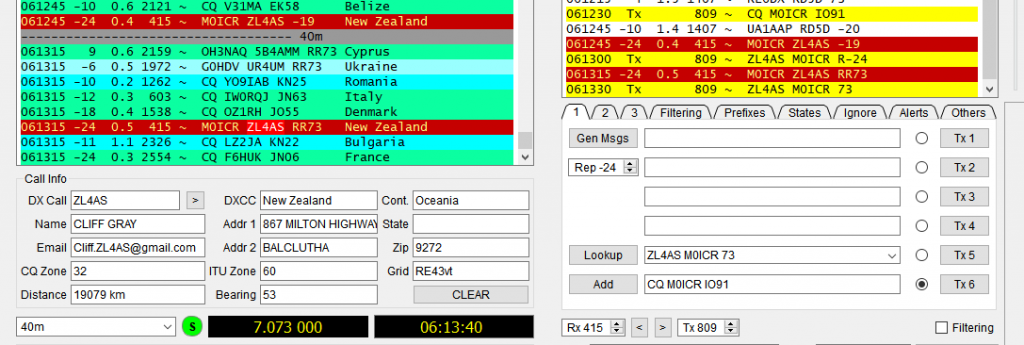

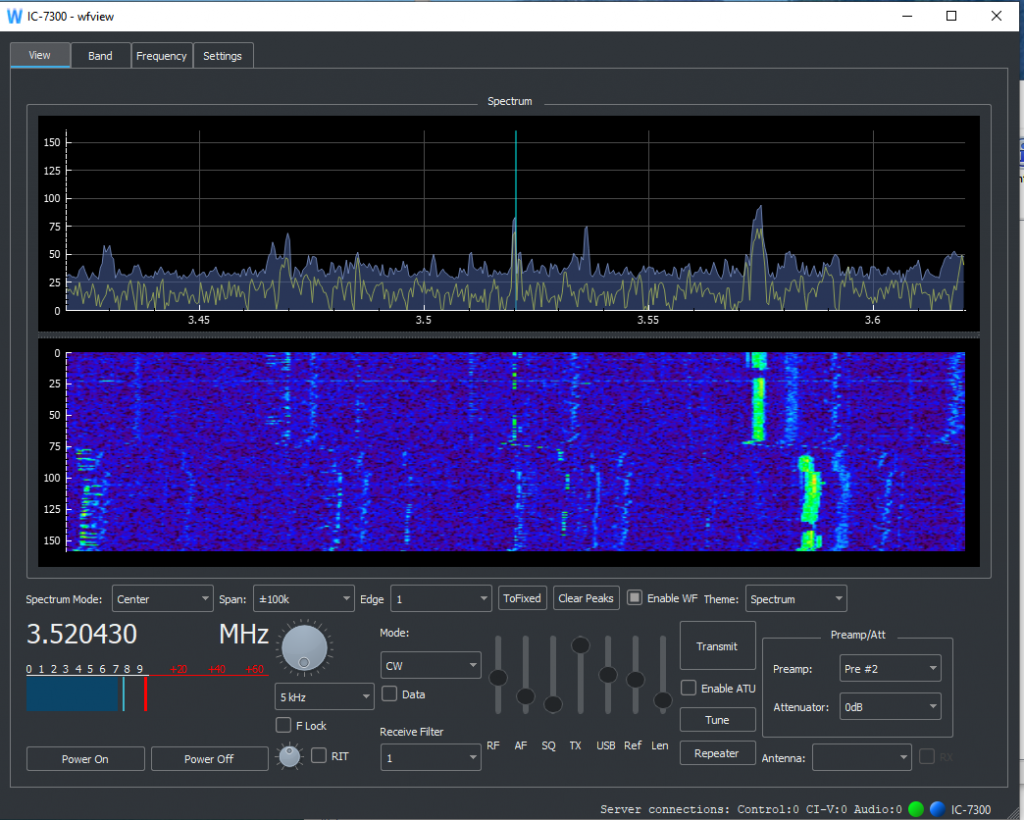




Some good DX reception with the QCX Mini today.





Nice that my peanut power WSPR from the QCX Mini is being heard in Antarctica again (great to also be heard in PY1 – Brazil).

In fact, it seems I am being received by both RX at the German Research station:

Curious that I am also being heard by the MV Polarstern in the North Atlantic (interesting that she’s not signing with the suffix maritime mobile, /MM) although she does seem to be moving south. Moving down south for the 21/22 season?





A bit of research on Google: The vessel is en route to DE BRV>>ES PLA, sailing at a speed of 10.5 knots and expected to arrive there on Dec 16, 08:00.

Interesting that my WSPR also received by the Canadian Arctic station VY0ERC at the same time as I am being received in Antarctica. The QCX Mini 40m is a marvel!


12 December update
Making good progress:

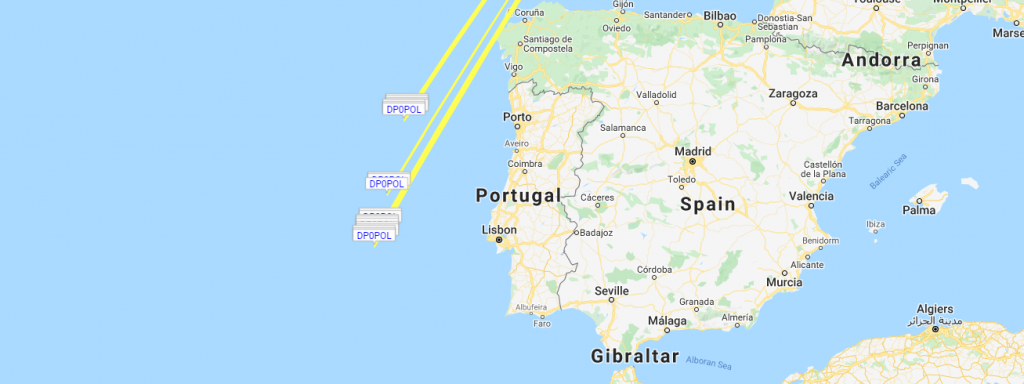

Update 13 December 22
Not too strong but only 100mW tonight with the QRP Labs Ultimate 3 transmitter

Update 14 December 22


Still been received by the German Neumayer Station III in Antarctica
https://en.wikipedia.org/wiki/Neumayer-Station_III

Update 15 December 2021

Update 16 December 2021



As I had the (base loaded) G7FEK (double inverted L) still up after the CQWW CW contest I thought I’d put out a few calls on FT8 (1840KHz), nice to see that my peanut station is making it into the USA albeit within a fairly tight area:

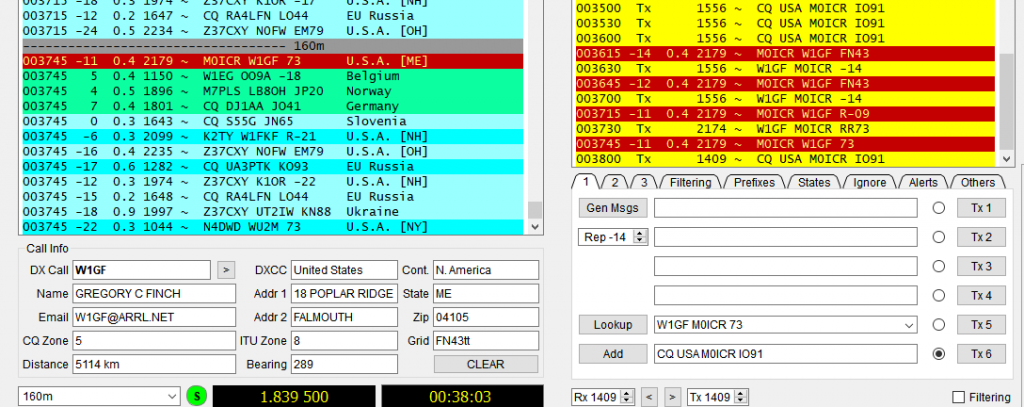

Fun to enter the CQWW CW Contest this weekend, active on all bands 160 – 10m.
Radio and antenna
Simple setup: Icom 7300 radio and the following antennas:
40m half wave end fed: for 40m and 20m
G7FEK (pair inverted L’s joined at the feed): 160m (with loading coil), 80, 40m ((but usually the half wave)
Fan dipole: 15, 10m
Raw score and comparison


… beats my first entry (2020) as M0ICR:

500% increase in and more than double the QSO. Also a increase in Zones worked (42 up to 57) and Countries (Cty) increase from 133 to a pleasing 212.
Highlights
The highlight of 2021 was working 5 ZL’s (New Zealand stations) in the early hours of Saturday morning:
ZM1A
ZL3X (Quake Contesters – Drinkers with a Contesting Problem! …. according to QRZ.com)
ZL4TT
ZM1M
ZM4T
The vast majority of QSO were made of a steady stream of cross-Atlantic QSO on 20 and 15m from noon through to early evening, switching to 40m in the evenings and sweeping up European stations (and the odd bit of DX) on 80m and 160m later at night / early hours.
It was a shame that conditions seemed so poor on 10m but working 30DXCC on 160m made up for that considering the sub-optimal antenna I am using on that band (G7FEK and loading coil). Details of the G7FEK can be found here: http://www.g7fek.co.uk/software/G7FEK%20antenna.pdf with the loading coil at page 11.
CQWW CW Conditions
Conditions good at the start of the contest (for a change!):

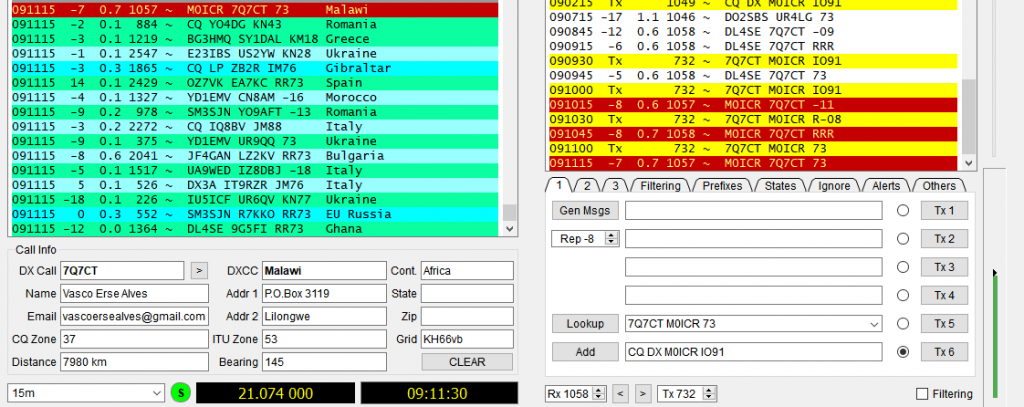
Just a few images from our last Drowned Rats outing. This is the RSGB 144MHz and 432MHz October Contest.
Rats on parade were: M0SAT (Dave), G7LRQ (Anthony), 2E1LEX (Alex), M0ICR (Carl), M0ZRG (Gene) and a very welcome visit from Gordon G3WYG and his XYL Fiona.
